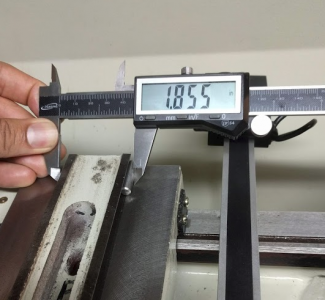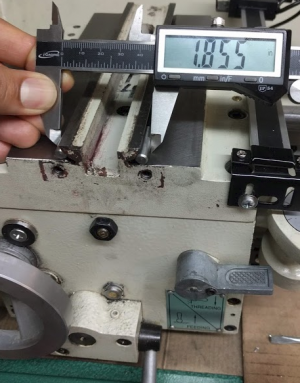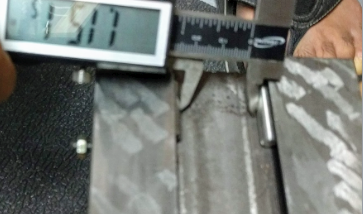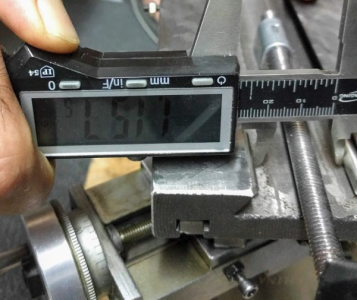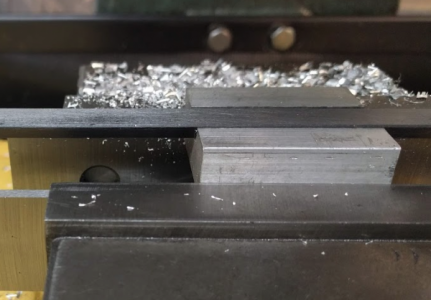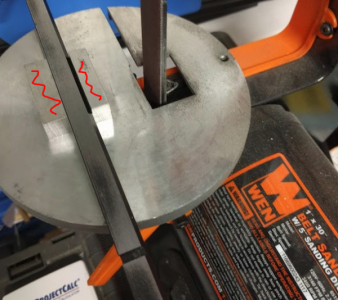it is very possible the thickness is the culprit. You need to check the dovetails male and female to know what your dealing with. Without the top installed place the gibb on the cross slide does it rock in the dovetail or are the dovetails correctly matting?
I wouldn’t rush getting a surface grinder for this job. You don’t want to rush purchasing a SG and it’s not cut and dry grinding a thin gibb like you have. Without coolant know how and some talent it would be more warped than what you started. Believe me I’ve been dabbling in the subject of grinding thin metal and it’s not easy and just happens going through the steps.
Get some measurements and map it out to see what you have then come up with the best solution.
I wouldn’t rush getting a surface grinder for this job. You don’t want to rush purchasing a SG and it’s not cut and dry grinding a thin gibb like you have. Without coolant know how and some talent it would be more warped than what you started. Believe me I’ve been dabbling in the subject of grinding thin metal and it’s not easy and just happens going through the steps.
Get some measurements and map it out to see what you have then come up with the best solution.




